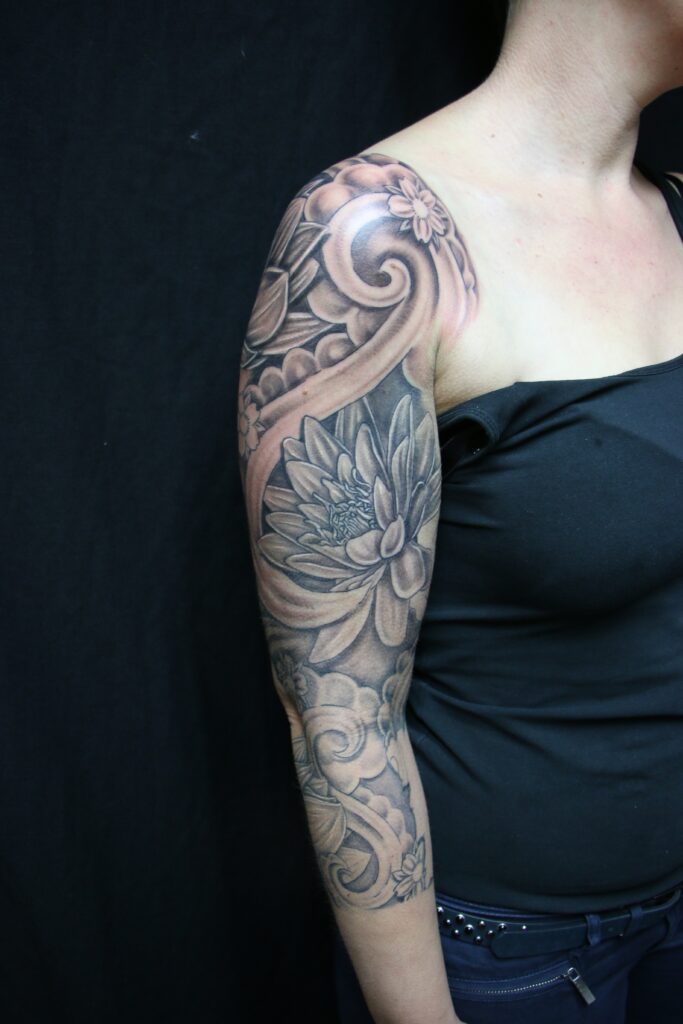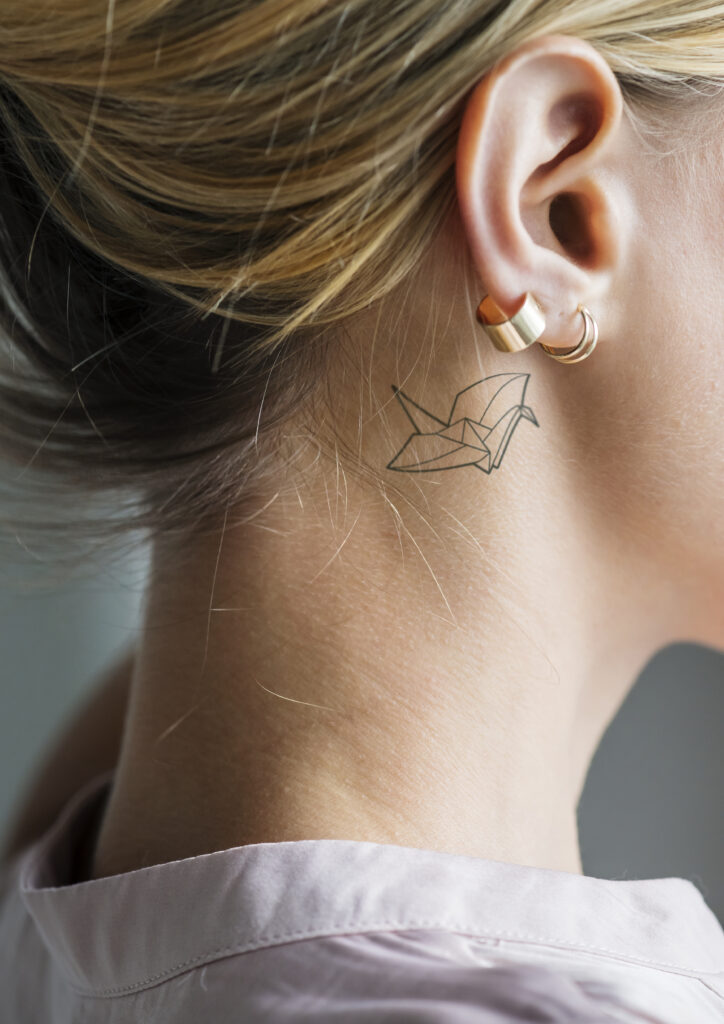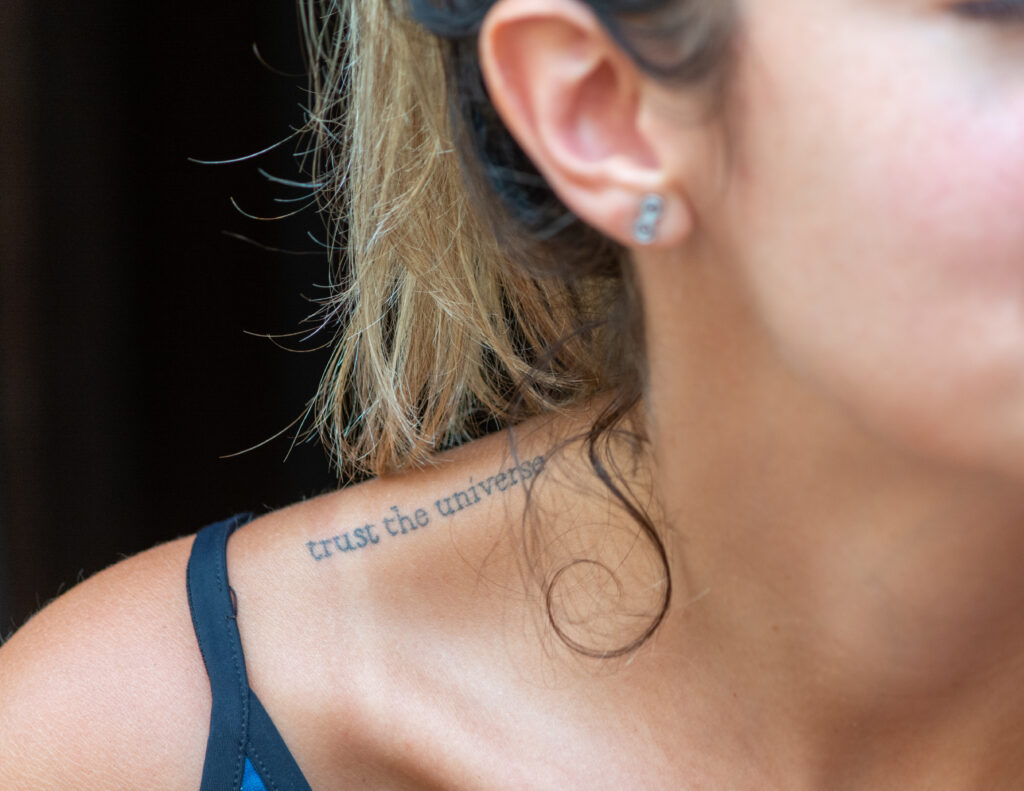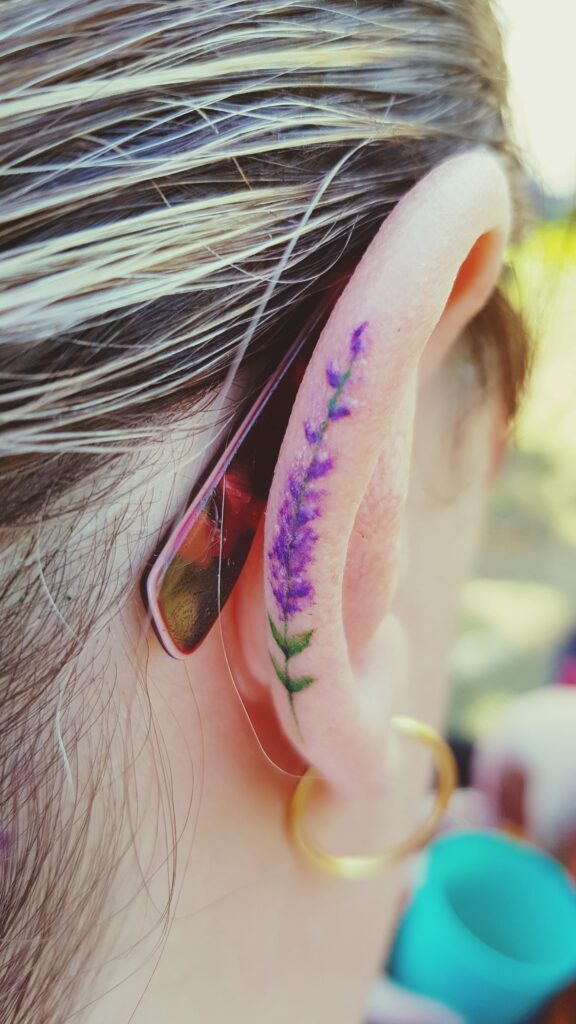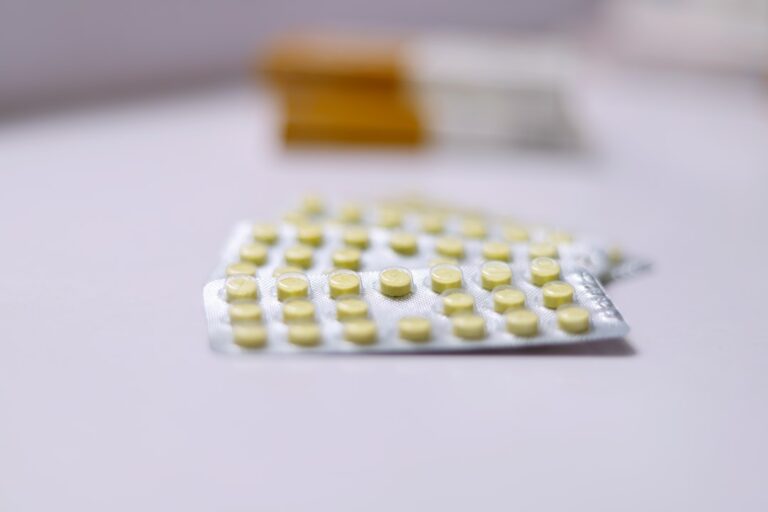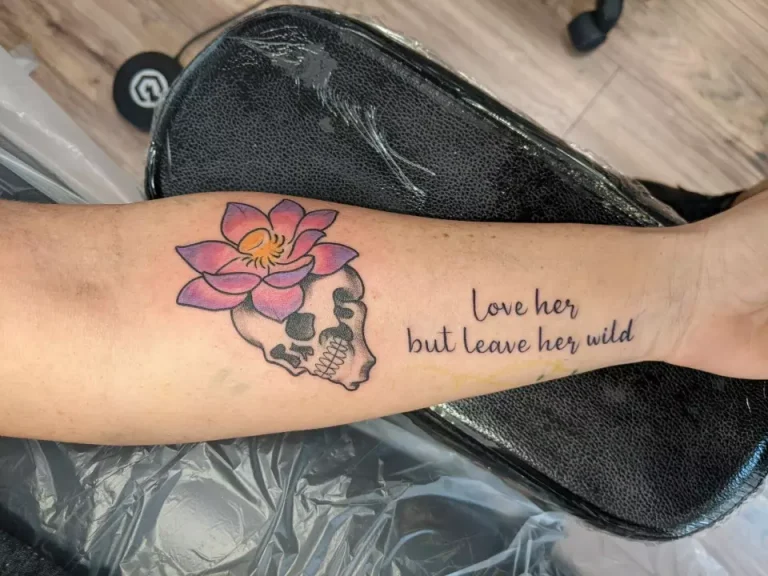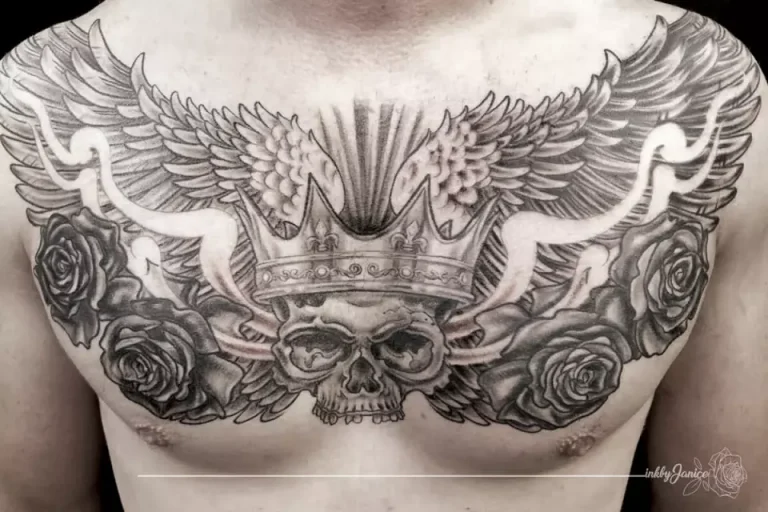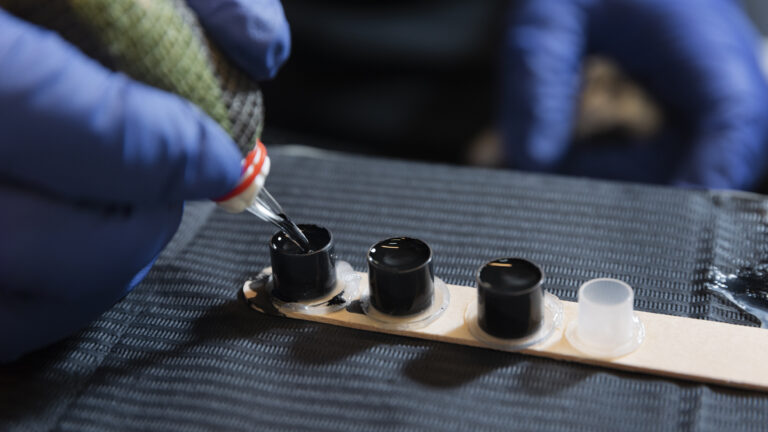The healing process following a tattoo is a critical phase that requires attention and care. When ink is introduced into the skin, the body perceives it as an injury, triggering a natural healing response. This response involves several stages, including inflammation, tissue formation, and remodeling.
Understanding these stages can help individuals navigate their recovery more effectively, ensuring that their new tattoo heals beautifully and remains vibrant for years to come. During the initial healing phase, the body works diligently to repair the skin. This involves increased blood flow to the area, which can lead to swelling and redness.
The immune system also plays a vital role, as it fights off any potential infections that may arise from the tattooing process. It is essential to recognize that this healing journey is unique for everyone; factors such as skin type, tattoo size, and placement can all influence how quickly and effectively the skin heals. By being informed about the healing process, individuals can take proactive steps to care for their tattoos and minimize complications.
Key Takeaways
- Understanding the Healing Process:
- Healing after a procedure takes time and patience, and it’s important to follow the recommended recovery steps for the best results.
- Day 1: Immediate Post-Procedure Recovery:
- Rest and follow post-procedure care instructions to allow the body to begin the healing process.
- Day 2-3: Managing Discomfort and Swelling:
- Use prescribed medications and follow any recommended techniques to manage discomfort and reduce swelling.
- Day 4-7: Transitioning to Normal Activities:
- Gradually ease back into normal activities, following any specific guidelines provided by the healthcare provider.
- Day 8-14: Monitoring for Complications:
- Keep an eye out for any signs of complications, such as excessive pain, redness, or swelling, and contact the healthcare provider if any concerns arise.
Day 1: Immediate Post-Procedure Recovery
The first day after getting a tattoo is often filled with excitement and anticipation, but it is also a crucial time for proper care. Immediately following the procedure, the tattooed area may appear red and swollen, which is a normal reaction as the body begins its healing process. It is essential to keep the area clean and protected during this time.
Most tattoo artists, including those at Opal Lotus in Houston, will provide specific aftercare instructions that should be followed closely to ensure optimal healing. On the first day, it is advisable to avoid exposing the tattoo to excessive moisture or sunlight. Keeping the tattoo covered with a breathable bandage can help protect it from dirt and bacteria.
Additionally, refraining from touching or scratching the area is vital, as this can introduce harmful pathogens and lead to infection. Staying hydrated and maintaining a healthy diet can also support the body’s healing efforts during this initial recovery phase.
Day 2-3: Managing Discomfort and Swelling
As the second and third days roll in, individuals may experience increased discomfort and swelling around the tattooed area. This is a natural part of the healing process as the body continues to respond to the trauma of the tattooing procedure. Over-the-counter pain relief medications can be helpful in managing any discomfort, but it is essential to follow dosage recommendations carefully.
Applying a cold compress to the area can also alleviate swelling and provide some relief. During these days, it is crucial to maintain cleanliness while avoiding excessive washing of the tattooed area. Gentle cleansing with mild soap and lukewarm water is recommended, followed by patting the area dry with a clean towel.
Keeping the tattoo moisturized with a recommended ointment or lotion can help soothe irritation and promote healing. It’s important to listen to your body during this time; if swelling or discomfort persists or worsens, consulting with a professional at Opal Lotus may be necessary to rule out any complications.
Day 4-7: Transitioning to Normal Activities
By days four through seven, many individuals begin to notice significant improvements in their tattoo’s appearance and comfort level. The initial swelling may subside, and the redness should start to fade. This period marks a transition where individuals can gradually return to their normal activities while still being mindful of their tattoo’s needs.
However, caution is still advised; activities that involve excessive sweating or exposure to water should be approached with care. During this phase, it’s essential to continue following aftercare instructions provided by your tattoo artist. Keeping the tattoo clean and moisturized remains paramount.
If scabbing begins to form, it’s crucial not to pick at it, as this can lead to scarring or color loss. Instead, allowing the scabs to fall off naturally will help ensure that the tattoo heals properly. Engaging in light activities that do not strain the tattooed area can help maintain overall well-being while allowing for continued healing.


Day 8-14: Monitoring for Complications
As days eight through fourteen arrive, individuals should be vigilant in monitoring their tattoos for any signs of complications. While most tattoos heal without issues, it’s essential to be aware of potential problems such as infection or allergic reactions. Symptoms like increased redness, pus discharge, or persistent pain may indicate an infection that requires immediate attention from a professional at Opal Lotus.
During this period, many individuals will notice that their tattoos begin to peel as part of the natural healing process. This peeling is normal and should not be confused with scabbing. It’s important to resist the urge to scratch or pick at peeling skin; instead, keeping the area moisturized will help facilitate healthy skin regeneration.
If any unusual symptoms arise or if there are concerns about the healing process, reaching out for professional advice can provide peace of mind and ensure that any issues are addressed promptly.
Day 15-21: Gradual Return to Exercise
Approach with Caution
As individuals enter days fifteen through twenty-one post-tattooing, they may feel ready to reintroduce more vigorous activities into their routines. However, it’s crucial to approach exercise with caution during this time. While many tattoos will have healed significantly by now, some residual sensitivity may still be present.
Low-Impact Exercises are Key
Engaging in low-impact exercises that do not strain or irritate the tattooed area is advisable. If you’re eager to return to your regular workout regimen, consider modifying your routine temporarily. For instance, opting for activities like walking or gentle yoga can help maintain fitness levels without putting undue stress on your healing skin.
Preventing Irritation During Workouts
Additionally, ensuring that you wear breathable clothing that does not rub against the tattoo can help prevent irritation during workouts. Listening to your body and adjusting your activities based on comfort levels will contribute positively to both your fitness journey and your tattoo’s healing process.
Day 22-30: Assessing Long-term Healing
As days twenty-two through thirty approach, individuals should take time to assess their tattoos’ long-term healing progress. By this stage, most tattoos will have completed their initial healing phase; however, some residual dryness or sensitivity may still be present. It’s essential to continue moisturizing the area regularly to maintain skin health and vibrancy in the tattoo.
During this period, individuals should also evaluate how their tattoos are settling into their skin. Any fading or discoloration should be noted, as this could indicate areas where additional care may be needed in the future. If there are concerns about how a tattoo appears or if there are any lingering issues from the healing process, consulting with professionals at Opal Lotus can provide valuable insights and recommendations for maintaining optimal results.
Day 30+: Maintaining Results and Preventing Future Issues
Once thirty days have passed since getting a tattoo, individuals enter a new phase focused on maintaining their ink’s vibrancy and preventing future issues. Proper aftercare does not end after the initial healing period; ongoing maintenance is crucial for preserving both the appearance and health of a tattoo. Regular moisturizing with high-quality products designed for tattoo care can help keep the skin hydrated and prevent fading over time.
Additionally, protecting tattoos from sun exposure is vital for long-term preservation. Applying sunscreen with a high SPF on exposed tattoos can shield them from harmful UV rays that can cause fading and damage over time. Staying hydrated and maintaining overall skin health through a balanced diet will also contribute positively to how tattoos age on the skin.
By adopting these practices and remaining attentive to any changes in their tattoos, individuals can enjoy their ink for years while minimizing potential complications down the line.

FAQs
What is a healing timeline breakdown?
A healing timeline breakdown is a detailed outline of the expected progression of healing for a specific injury, surgery, or medical condition. It provides day-by-day expectations for the healing process, including milestones and potential challenges.
Why is it important to have a healing timeline breakdown?
Having a healing timeline breakdown helps patients and caregivers understand what to expect during the recovery process. It can provide reassurance, guidance, and motivation as individuals work towards regaining their health and function.
What are some common components of a healing timeline breakdown?
Common components of a healing timeline breakdown may include information about post-operative care, pain management, physical therapy exercises, expected levels of mobility, and potential complications to watch out for.
How accurate are healing timeline breakdowns?
Healing timeline breakdowns are based on general expectations for the healing process, but individual experiences may vary. Factors such as age, overall health, and adherence to post-operative instructions can influence the actual progression of healing.
What should I do if my healing does not follow the expected timeline?
If your healing does not follow the expected timeline, it is important to communicate with your healthcare provider. They can assess your progress, address any concerns, and make any necessary adjustments to your treatment plan.
